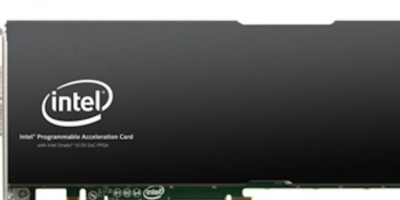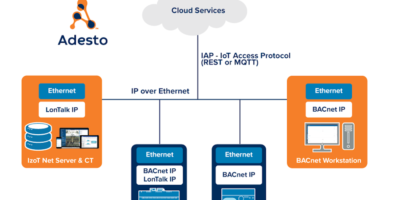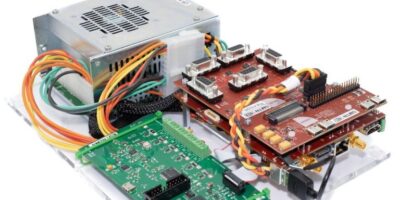To save electricity consumption and to reduce data centre infrastructure, Myrtle announces that its artificial intelligence (AI) can run on the new, high-performance Intel FPGA Programmable Acceleration Card (Intel FPGA PAC) D5005 accelerator. The result is to reduce costs and remove growth constraints for businesses offering speech services such as transcription, translation, synthesis or voice assistance in on-premise or cloud-based data centres, says the AI specialist.
Intel and Myrtle have worked together to optimise a recurrent neural network (RNN) for speech inference on the Intel FPGA PAC D5005. The collaboration can run more than 4,000 voice channels concurrently on one FPGA, leading to a six-fold improvement in performance per watt compared with general purpose GPUs with a latency of one 30th that of a GPU, reports Myrtle.
“The industry has to take new approaches to produce machine learning solutions that meet customers’ stringent latency, power and cost constraints”, said Peter Baldwin, CEO, Myrtle. He added that these performance metrics on Intel’s latest PCA will allow customers preserve their investment in hardware as machine learning models evolve.
Myrtle specialises in hardware-software codesign. The quantisation, sparsity and compression of machine learning models has been recognised by the MLPerf consortium. Myrtle dominates MLPerf speech transcription and has open sourced its code to help the industry benchmark new edge and data centre hardware more consistently, says the company.
Myrtle creates high-performance, energy-efficient computing solutions for deep learning inferencing on next-generation data centre hardware. Myrtle’s RNN technology enables companies to cost-efficiently implement and scale speech applications on cloud or on-premise infrastructure.
Myrtle is a partner in Intel’s design solutions network (DSN).







